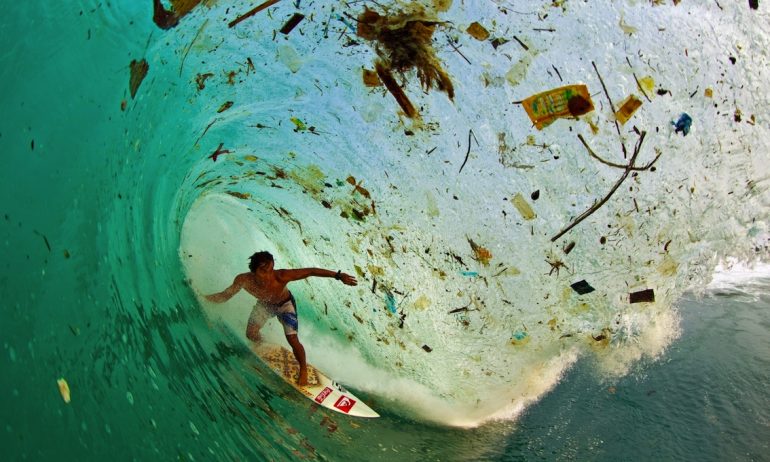Agriculture – Crafts – Clothing – Environment – Food
Taking a step back is a must. Before the synthetic revolution, these were the fundamental pillars for both the food and clothing industries.
But let’s start from the beginning: what does sustainability mean?
“It is sustainable what arises from a state of equilibrium between the satisfaction of present needs without compromising the ability of future generations to make up for their own” states the Report of the Brundtland World Commission on Environment and Development published in 1987.
Sustainability is a dynamic process, a continuous search for a “harmonious balance” that recalls the need to combine the three founding dimensions of development: Environment, Economics and Social.
The book of Gianfranco Ciampi one of the most important Environmentalists in the world inspired me to write this article.
Ensuring environmental sustainability means implementing the ability to preserve over time the functions of the environment as a supplier of goods, while at the same time guaranteeing the protection and renewal of the available resources.
But protecting the environment and our health cannot be separated from economic sustainability, referred to as the ability to generate income and labour for the sustenance of the population as well as incomes for businesses, while retaining within the territories the maximum added value, so to make economically sustainable the sustainability policies themselves.
Sustainability has concrete aspects and must be considered at 360 degrees, without preconceived positions. Scientific-technical evaluations are needed – and these should be as complete as possible.
If we love the environment, bread – one of the main foods for human nutrition – should not be missed by anyone. Unfortunately, the territories are valued according to how much oil they can supply and not for what they can offer from a food point of view. Ethiopia has 74, 3 million hectares of land that would be suitable for cultivation, but only 18 million hectares are used. This nation – for its abundance of water, for the fertility of its land – could be the granary of Africa, and could be able to feed the entire population of this continent.
Africa has important goats farmings as well as sheeps farmings: indeed, there are territories that live thanks to the presence of these animals. Unfortunately, however, they are afflicted by severe water and forage deficiencies, difficult conditions that could be overcome if they could properly exploit unused water resources.
This would allow us to enter the markets with large quantities of sheep and goat skins, which represent the best way to fight the invasion of synthetic products.
The simple theory to save our planet with fashion: Agriculture – Crafts – Clothing – Environment – Food would allow fashion to be sustainable.
FOOD – AGRICULTURE – CLOTHING – ENVIRONMENT
Food
Food must also serve as medicine, just as fashion should act as a balm for our skin.
Goats, for example, take care of themselves because they are able to choose the best herbs for the cure of their illnesses.
When we were young, if we had a stomach ache, our grandmother had the right natural remedy to cure it. Today, the natural remedy does not work anymore because the primary natural products that we rely on are poor quality and polluted.
Environment
Mother Earth offers us potentially endless resources to live on this wonderful planet. However, these resources will only continue to be there when we need them if they’re treated with due care and respect.
Pastoralism is fundamental: it creates jobs, enriches entire countries, restarts the internal economy and allows us to treat animals well without wasting any parts of the animal. It’s important to remember that our culture teaches us that nothing is wasted since we usually eat everything from the animals (brains, tripe, etc ) From these same animals we produce milk, cheese, and other essential foods for our diet.
It is a certain fact that many young people are moving from cities to the countryside trying to make sheep farming their main activity.
The return to pastoralism would help us to reduce any kind of waste, not only from the point of view of food but it would also allow creating new jobs in the fashion industry, because the skins of farm animals could be used to obtain leather, fur and other environment friendly textile fibres/ These fabrics are al biodegradable. Not using these skins would be such an endless waste. Throwing away the skin of these animals that we use as food would be a true insult to the gifts that Mother Nature has provided us with.
Crafts
How many jobs it would be possible to create if it would be possible to work the skins obtained from sheep farming? A noble work that has enriched our country and that has made us famous all over the world.
Clothing
Finally, if the craftsmen would work with all the natural fibres that it is possible to obtain from nature (they are endless)? Like the Silk of Bisso, which comes from the tassel of a mollusk that seems to be made of mother-of-pearl and that beautifully lives in our seas – the Pinna Nobilis (an amazing testimony of how many opportunities nature can offer us to generate work and to express all our manual skills) then we would no longer need to use synthetic materials.
If we used only the resources available from the environment, the world would be left uncontaminated, and it would stay a paradise, just as Mother Nature delivered it to us.
Step back.
Samantha De Reviziis




